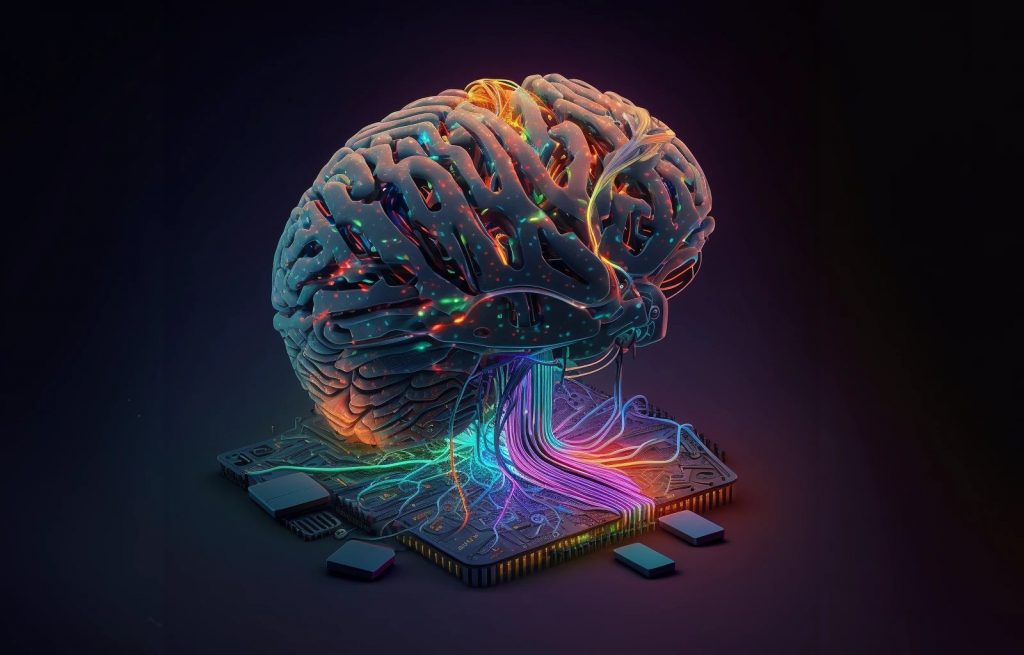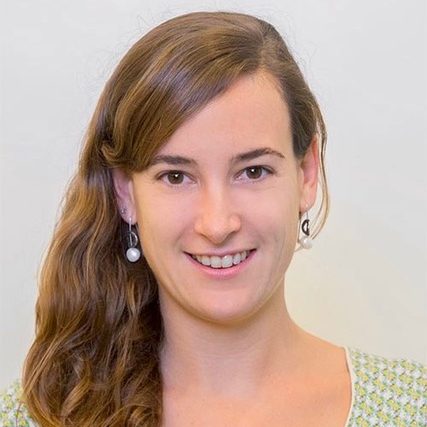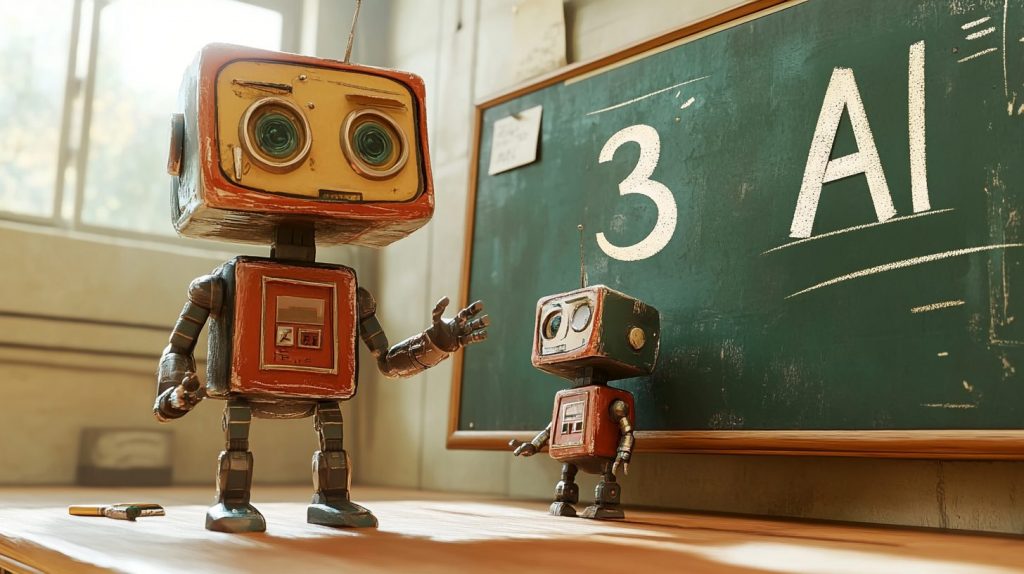
What AI can learn from the human brain
About Prof. Dr. Gemma Roig
Prof. Dr. Gemma Roig started her career in telecommunications engineering, signal processing and mathematics, where she developed her interest in artificial intelligence. From 2011, she deepened her AI research in a PhD programme at ETH Zurich, which she completed in computer vision in 2014.
In Zurich, Roig began to work on the question of how knowledge about the human brain can be used for better AI. From 2014, she did research for this at the Massachusetts Institute of Technology at the “Center for Brains Minds and Machines” with the renowned neuroscientist Tomaso Poggio.
In 2017, Roig accepted an assistant professorship at the Singapore University of Technology and Design. In 2020, she finally accepted an appointment as assistant professor at Goethe University Frankfurt am Main.
Computational vision instead of computer vision
“I research artificial intelligence and its relationship to human intelligence, from both perspectives,” is how Prof. Dr Gemma Roig describes her research focus. Her projects are correspondingly interdisciplinary: Sometimes she tries to use AI to better understand the brain, then she uses findings from cognitive science and her projects to design better AI systems.
With this approach, she wants to narrow down the almost infinite space of possible AI architectures and methods – after all, “the brain seems to work quite well”.
Her research group therefore also bears the name “Computational Vision and Artificial Intelligence” – and thus distinguishes itself from the common term computer vision, which often develops methods for machine image recognition without recourse to cognitive science findings.
Can AI systems predict brain data?
The scientist is researching the relationship between AI and biological brains, among other things as part of the Algonauts 2023 Challenge: The project, which started in 2019, focuses on predicting recorded responses of the human brain when perceiving complex natural visual scenes…
Roig is researching AI models that can predict the progression of MRI recordings. Such models help in understanding the brain and at the same time could enable more robust AI systems, says Roig. The FU Berlin, MIT and the University of Minnesota are also involved in the international project.
One of the sponsors of the Algonauts Challenge: Hessian.AI. Roig sees her participation in the centre as an opportunity to collaborate with other AI disciplines: “I want to explore how I can integrate the models that other Hessian.AI scientists are developing into my research,” says Roig.
For the Algonauts project, for example, she says integrating continuous learning methods into multimodal systems is interesting. She also appreciates the focus on transparent and interpretable AI systems in Hessian.AI.
Progress at the interface of sciences
Multimodality is another of Roig’s research areas. With her team, she develops systems that process not only images, but also text and audio, and is guided by the findings of cognitive science.
She is also a bridge professor between AI and cognitive science in the DFG-funded interdisciplinary research project ARENA, which aims to better understand how knowledge is organised at different levels of abstraction – both in the brain and in AI models.
Roig sees interdisciplinarity as a central challenge of her research: “It takes time to acquire knowledge from other fields.” She is therefore developing a multidisciplinary study programme that will produce researchers in the future who have studied directly at the interface of computer science and cognitive science.
“At the interface of different research fields, we can make many discoveries. This is a promising way to advance in science,” says Roig.



